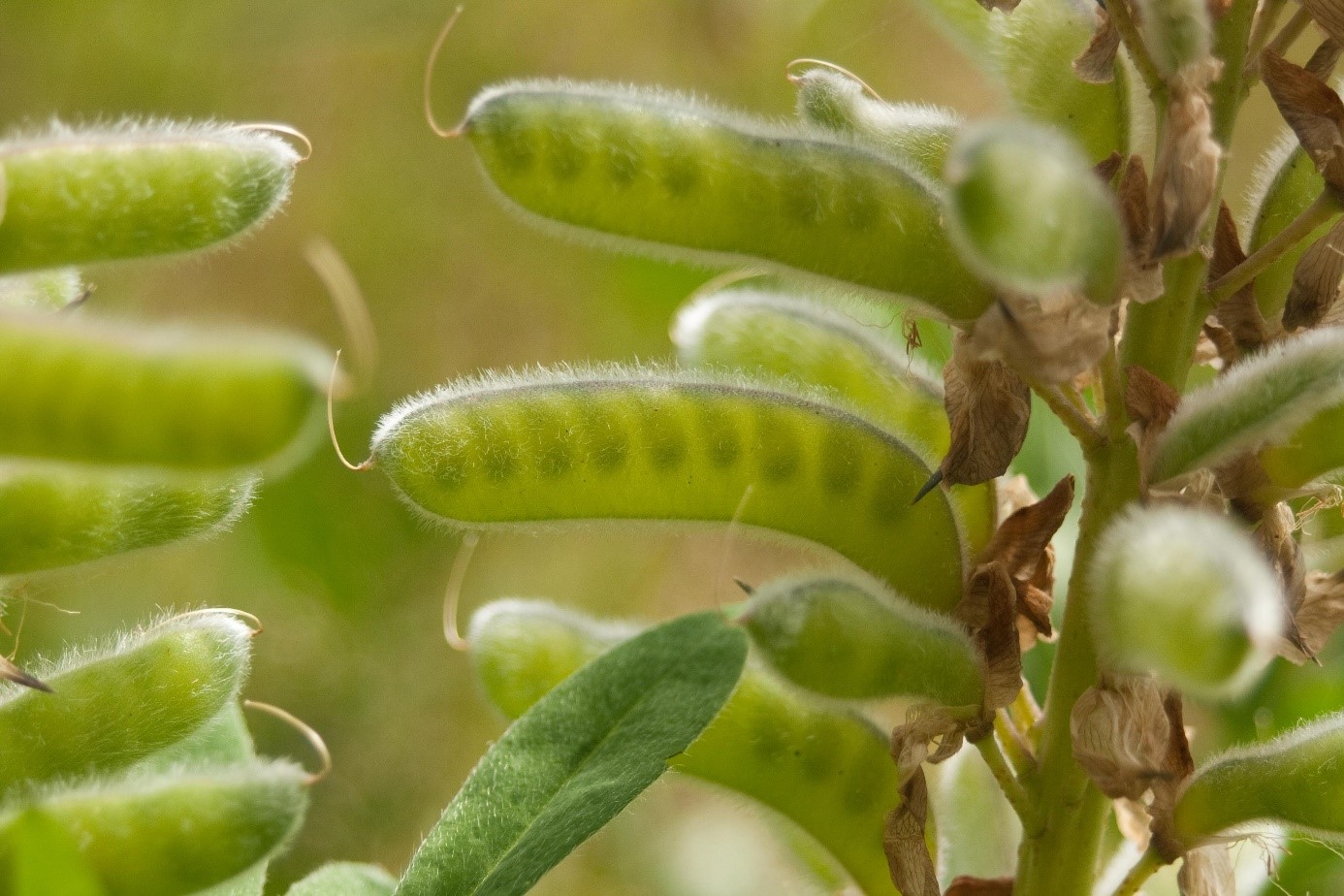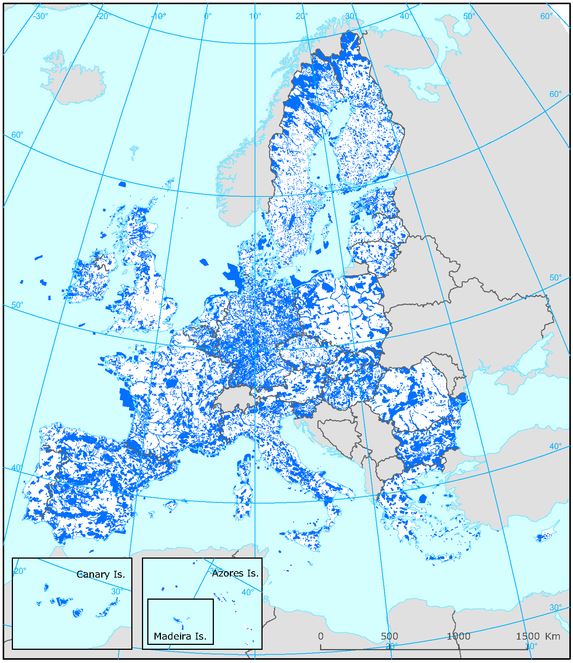Paper: Applying landscape structure analysis to assess the spatio-temporal distribution of an invasive legume in the Rhön UNESCO Biosphere Reserve
Posted by Karl Filipsson | PapersYves P. Klinger, Sarah Harvolk-Schöning, Lutz Eckstein, Wiebke Hansen, Annette Otte and Kristin Ludewig recently published the paper ”Applying landscape structure analysis to assess the spatio-temporal distribution of an invasive legume in the Rhön UNESCO Biosphere Reserve” in the journal Biological Invasions.
Lutz Eckstein, Professor in Biology at Karlstad University, writes about their work:

The legume Lupinus polyphyllus. Photo by Lutz Eckstein
“We applied a combination of aerial mapping and GIS-based landscape analysis to study the invasion of the legume, Lupinus polyphyllus, in the Rhön UNESCO Biosphere Region as a case. We assessed the changes in lupine distribution between 1998 and 2016 in a strictly protected part of the Biosphere Region by means of landscape structure analysis. The area invaded by L. polyphyllus doubled from 1998 to 2016. The number of lupine stands decreased by 25%, but average stand size increased by 300%. In 2016, large and well-connected mesic grasslands that were situated close to roads were more heavily invaded than small and remote wet grasslands. Our results show that landscape composition plays an important role for the spread of invasive plants. Specifically, invasive stand characteristics, such as stand size, form, and connectivity, are crucial for driving the invasion process. Therefore, in addition to landscape composition, invasive stand characteristics should be included in the planning of conservation measures. Overall, aerial mapping combined with landscape analysis provides a cost-effective and practical tool for landscape managers to prioritize invasive control measures.”
Access the paper here, or contact any of the authors.



